ARTISTS
Abstract Form No.1
Bronze, Ed.4, 45 x 40 x 40 cm
Born in Baghdad in 1939, Dia Azzawi started his artistic career in 1964, after graduating from the Institute of Fine Arts in Baghdad and completing a degree in archaeology from Baghdad University in 1962.
In 1969, Azzawi (with Rafa Nasiri, Mohammad Muhriddin, Ismail Fattah, Hachem al-Samarchi and Saleh al Jumaie) formed the New Vision group (al-Ru’yya al-Jadidah), uniting fellow artists ideologically and culturally as opposed to stylistically. Through his involvement with the New Vision group Azzawi found inspiration in contemporary subjects and issues, particularly the plight of the Palestinians. He was also briefly a member of Shakir Hassan Al Said’s One Dimension group (Jama’t al-Bu’d al-Wahid)
From 1968 to 1976, Azzawi was the director of the Iraqi Antiquities Department in Baghdad. He has lived in London since 1976, where he served as art advisor to the city’s Iraqi Cultural Centre, from 1977 to 1980. Azzawi’s move to London led him to rediscover book art (dafatir), an art form that he has encouraged other artists from Iraq and the region to explore With exhibitions of his work held his art features in international private and public collections including the Museums of Modern Art in Baghdad, Damascus and Tunis; Jordan National Gallery of Fine Arts, Amman; Mathaf: Arab Museum of Modern Art, Doha; Barjeel Art Foundation, Sharjah; Kinda Foundation, Saudi Arabia; Una Foundation, Casablanca; Arab Monetary Fund, Abu Dhabi; Development Fund, Kuwait; Jeddah International Airport; British Museum, Tate Modern, and Victoria and Albert Museum, London; Institut du Monde Arabe, Bibliothèque Nationale de France and Colas Foundation, Paris; Harba Collection, Iraq and Italy; Gulbenkian Collection, Barcelona; and Library of Congress and the World Bank, Washington, DC. FR Né à Bagdad en 1939, Dia Azzawi a commencé sa carrière artistique en 1964, après avoir obtenu un diplôme de l'Institut des beaux-arts de Bagdad et un diplôme d'archéologie de l'Université de Bagdad en 1962. En 1969, Azzawi (avec Rafa Nasiri, Mohammad Muhriddin, Ismail Fattah, Hachem al-Samarchi et Saleh al Jumaie) a formé le groupe New Vision (al-Ru'yya al-Jadidah), unissant ses collègues artistes sur le plan idéologique et culturel plutôt que sur le plan stylistique. Grâce à sa participation au groupe New Vision, Azzawi trouve son inspiration dans les sujets et les problèmes contemporains, en particulier le sort des Palestiniens. Il a également été brièvement membre du groupe One Dimension (Jama't al-Bu'd al-Wahid) de Shakir Hassan Al Said. De 1968 à 1976, Azzawi a été directeur du département des antiquités irakiennes à Bagdad. Il vit à Londres depuis 1976, où il a été conseiller artistique du Centre culturel irakien de la ville, de 1977 à 1980. L'installation d'Azzawi à Londres l'a amené à redécouvrir l'art du livre (dafatir), une forme d'art qu'il a encouragé d'autres artistes d'Irak et de la région à explorer. Ses œuvres figurent dans des collections publiques et privées internationales, notamment les musées d'art moderne de Bagdad, Damas et Tunis, la galerie nationale jordanienne des beaux-arts, Amman, Mathaf : Musée arabe d'art moderne, Doha ; Fondation Barjeel Art, Sharjah ; Fondation Kinda, Arabie Saoudite ; Fondation Una, Casablanca ; Fonds monétaire arabe, Abu Dhabi ; Fonds de développement, Koweït ; Aéroport international de Jeddah ; British Museum, Tate Modern, et Victoria and Albert Museum, Londres ; Institut du Monde Arabe, Bibliothèque Nationale de France et Fondation Colas, Paris ; Collection Harba, Irak et Italie ; Collection Gulbenkian, Barcelone ; et Bibliothèque du Congrès et de la Banque mondiale, Washington, D.C.
|
ExhibitionsSOLO EXHIBITIONS 1965 Al-Wasiti Gallery, Baghdad 1966; 1969 Gallery One, Beirut 1967 Iraqi Artists’ Society, Baghdad 1968; 1970; 1971; 1975 National Museum of Modern Art, Baghdad 1969; 1971; 1977 Sultan Gallery, Kuwait 1973 Arslan Raad Gallery, Tripoli (Lebanon) 1975 Museum of Modern Art, Baghdad 1974 Contact Gallery, Beirut 1976 Gallery Nadar, Casablanca 1978 Patrick Seale Gallery, London Al-Riwaq Gallery, Baghdad 1980; 1983 Galerie Faris, Paris 1980 Galerie Centrale, Geneva 1982 Intercontinental Hall, Abu Dhabi 1983 National Council for Culture, Arts and Literature, Kuwait 1984; 1990; 1993 Alif Gallery, Washington, DC 1985 Hotel Meridien Abu Dhabi 1986 Royal Cultural Centre, Amman 1988 Galerie Claudine Planque, Lausanne 1990 Galleri Nakita, Stockholm Vanazff Gallery, Gothenburg 1991 Galerie 50x70, Beirut 1992 Gallery Hittite, Toronto Flandria Gallery, Tangier 1994 Al-Manar Gallery, Casablanca Abaad Gallery, Amman Galerie 50x70, Beirut Al-Sayed Gallery, Damascus 1995; 2004; 2006; 2009; 2012; 2013; 2014; 2015; 2017; 2018 Galerie Claude Lemand/ Espace Claude Lemand, Paris 1996 Art Centre, Bahrain 2001 Retrospective Exhibition, Institut du Monde Arabe, Paris 2003 Cité du Livre, Aix-en-Provence 2006 Kalemmat Gallery, Aleppo 4 Walls Gallery, Amman Dar Al-Funun Gallery, Kuwait 2009 Retrospective of Paintings, ADMAF, Sixth Abu Dhabi Music and Arts Festival, Emirates Palace, Abu Dhabi 2009; 2015; 2016; 2018; 2021 Meem Gallery, Dubai 2016 I am the Cry, Who Will Give voice to Me? From 1963 until tomorrow: Dia al-Azzawi, a retrospective, Al Riwaq Gallery and Mathaf Museum, Doha, Qatar 2017 Karim Gallery, Amman 2018 Azzawi, Sabra and Shatila Massacres, Institut du Monde Arabe, Paris (with Galerie Claude Lemand) 2020 Art Dubai Portrait Exhibitions (online) 2021 The Lebanon Works, Meem Gallery, Dubai SELECTED GROUP EXHIBITIONS 1964; 1965; 1966 Annual Exhibition of Iraqi Artists’ Society, Baghdad 1966 Carrera Craven “A” Arab Art, Cairo; Manama; Kuwait; Baghdad; Amman; Damascus; Beirut; London, Paris; Rome 1968 First International Triennial, New Delhi 1971 Al-Marbid Poetry Festival, Basra Contemporary Iraqi Art, Kuwait Contemporary Arab Art, National Museum, Nicosia 1972 Al-Wasiti Festival, Baghdad Fourth International Poster Biennale, Warsaw 1974 First Biennale of Arab Art, Baghdad 1975 Exposition de Gravures, L’Atelier, Rabat Seventh International Painting Festival, Cagnes-sur-Mer International Summer Academy, Salzburg 1976 Art Contemporain Irakien, Musée d’Art Moderne de la Ville, Paris Artists against Racism, National Museum of Modern Art, Baghdad Iraqi Pavilion, XXXVII Venice Biennale Second Biennale of Arab Art, Rabat 1979 Iraqi Pavilion, XV Sao Paulo Biennale 1980 Sixth International Exhibition of Graphic Art, Rijeka (Yugoslavia) Salon de Mai, Centre d'Art, Paris Salon d’Automne, Galerie des Beaux Arts, Paris Third World Biennale of Graphic Art, Iraqi Cultural Centre, London L'Art Contemporain Arabe, Le Belvedere, Tunis The Influence of Arabic Calligraphy on Modern Arab Artists, Iraqi Cultural Centre, London 1981 Peinture Irakienne Contemporaine, Centre Culturel Irakien, Paris Salon de Mai, Espace Pierre Cardin, Paris 1982 Contemporary Arab Graphics, Grafitti Gallery, London 1983 Seventh International Grafik Triennial, Frechen (Germany) 1984 British International Print Biennial, Bradford (UK) Exposition d’Art Contemporain Arabe, Centre d’Art Vivant de la Ville, Tunis 1985 Contemporary Arab Art, Blackman Harvey Gallery, London Musée Hubert d’Uckerman, Grenoble (France) 1986 Salon Comparaisons, Grand Palais, Paris Semitic Museum, Harvard University, Cambridge, Massachusetts Contemporary Arab Art, The Mall Gallery, London The Norwegian International Print Biennale, Fredrikstad (Norway) 1987 Third International Biennial Exhibition, Taiwan 1988 Olympiad of Art, National Museum of Modern and Contemporary Art, Seoul Three Artists: Azzawi, Jumaie, Nasiri, Kufa Gallery, London 1989 Contemporary Art from the Islamic World, Barbican Centre, London Arab Graphic Art, National Council for Culture, Arts and Literature, Kuwait Homage to Jawad Salim [sic], Kufa Gallery, London La Caligrafia en la Pintura Arabe Contemporanea, Havana Biennale 1991 Belkhodja and Azzawi, Galerie des Arts, Tunis Contemporary Iraqi Artists, Sheppard Contemporary Gallery, University of Nevada, Reno 1993 Asilah Arts Festival, Asilah (Morocco) 1994 Signes et Écritures, Institut du Monde Arabe, Poitiers (France) Al-Chabbi and Azzawi, Galerie des Arts, Tunis 1997 Five Visual Interpretations, Green Art Gallery, Dubai 1998 Azzawi & Nasiri, Galerie La Teinturerie, Paris 2001 Machreq - Maghreb: Paintings and Books, Galerie Claude Lemand, Paris 2002 Azzawi and Fattah, Green Art Gallery, Dubai Masters of Tondo, Galerie Claude Lemand, Paris The Kinda Foundation Collection, Institut du Monde Arabe, Paris 2003 Fondation Colas, Boulogne-Billancourt, Paris Broken Letter, Contemporary Art from Arab Countries, Kunsthalle Darmstadt, Darmstadt 2005 Portraits of the Bird: Books and Drawings, Galerie Claude Lemand, Paris Homage to Shafic Abboud, Galerie Claude Lemand, Paris Improvisation: Seven Iraqi Artists, Bissan Gallery, Doha, Al-Riwaq Gallery, Manama, and 4 Walls Gallery, Amman 2005–08 Dafatir: Contemporary Iraqi Book Art, University of North Texas Art Gallery, Denton, Texas; Carleton College, Northfield, Minnesota; Minnesota Centre for Book Arts, Minneapolis, Minnesota; University of Texas, El Paso, Texas; Daura Gallery, Lynchburg College, Lynchburg, Virginia Dafatir: Contemporary Iraqi Book Art, The Centre for Book Arts, New York; Minneapolis Athenaeum, Minneapolis, Minnesota; NIU Art Museum, DeKalb, Illinois; The Jaffe Centre for Book Arts, Boca Raton, Florida, Denison University, Granville, Ohio 2006 Portraits of the Bird, Festival of Arts, Bastia, Corsica Word into Art: Artists of the Modern Middle East, British Museum, London 2008 Word into Art: Artists of the Modern Middle East, British Museum, Dubai International Financial Centre (DIFC), Dubai Iraq’s Past Speaks to the Present, British Museum, London Iraqi Artists in Exile, Station Museum of Contemporary Art, Houston, Texas Iraq: Reframe, Montalvo Arts Centre, Saratoga, California 2009 Modernism and Iraq, Columbia University, Wallach Art Gallery, New York 2010 Beyond the War, Leila Tachinia-Milani Heller Gallery, New York My Homeland, Art Sawa, Dubai Sajjil: A Century of Modern Art, Mathaf: Arab Museum of Modern Art, Doha Interventions: A Dialogue Between the Modern and the Contemporary, Mathaf: Arab Museum of Modern Art, Doha 2011 Art in Iraq Today: Part IV, Meem Gallery, Dubai Art in Iraq Today: Conclusion, Beirut Exhibition Centre, Beirut 2012 Facing History: Dia Azzawi and Leon Golub, Tate Modern, London Elegy To My Trapped City, Meem Gallery, Dubai Masters of the Tondo; Arab Masterpieces, Espace Claude Lemand, Paris Meem Projects 2012. Part 1: Letters in Art. Part 2: Modern Arab Art, Meem Gallery at Abu Dhabi Art 2013 Tajreed: A Selection of Arab Abstract Art, Contemporary Art Platform, Kuwait Re: Orient, Barjeel Art Foundation, Sharjah Paintings, Sculpture and Projects Garden, Mathaf: Arab Museum of Modern Art, Doha D’Orient et d’Occident, Galerie Claude Lemand, Paris Meem Projects 2013. Part 1: Modern Arab Art. Part 2: Contemporary Arab Art – How Do You Sleep At Night?, Meem Gallery at Abu Dhabi Art 2014 Arab Modernities; Landscape and Arab Modernity, Espace Claude Lemand, Paris Children of Gaza, Meem Gallery, Dubai 2014; 2018–19 Portrait de l’Oiseau Qui N’Existe Pas, Museum of Issoudun; Maison des Arts, Ville d’Antony; Institut du Monde Arabe, Paris 2015 Modern Arab Masterpieces, Espace Claude Lemand, Paris After Picasso: 80 Contemporary Artists, Wexner Center for Arts, The Ohio State University, USA. 2016 The Sea Suspended, Barjeel Art Foundation at TMoCA, Tehran Arab Modern Artists, Espace Claude Lemand, Paris From East and West, Galerie Claude Lemand at Art Paris 2017 Tondo from East and West, Espace Claude Lemand, Paris From East, Afrika and West, Galerie Claude Lemand at Art Paris 2018 Baghdad Mon Amour, Institut des Cultures d’Islam, Paris Guernica, Musée national Picasso-Paris, Paris Sabra et Chatila, Institut du Monde Arabe, Paris Millenia of Creativity, Nabu Museum, Batroun (Lebanon) Keyword: Palestine, Dar El-Nimer, Beirut I am Ashurbanipal: king of the world, king of Assyria, British Museum, London 2019 Artists’ Tribute to Notre-Dame, Institut du Monde Arabe, Paris A la plume, au pinceau, au crayon: dessins du monde arabe (Donation Claude & France Lemand), Institut du Monde Arabe, Paris Iraqisms, Dar El-Nimer, Beirut Objects of Imagination, Jordan National Gallery of Fine Art, Amman 2019–20 Theater of Operations: The Gulf Wars 1991–2011, MoMA PS1, New York City 2020 Taking Shape: Abstraction from The Arab World, 1950s–1980s, Grey Art Gallery, New York City Hope and Despair, Nabu Museum, Batroun (Lebanon) Spotlights, Contemporary Art Platform, Kuwait Arab Art Today and Tomorrow, Meem Gallery at Abu Dhabi Art (virtual) 2021 8. Schweizerische Triennale der Skulptur, Bad Ragaz (Switzerland) Between the Walls, Contemporary Art Platform, Kuwait Primaveral; Printmaking; Continuity, Karim Gallery, Amman |

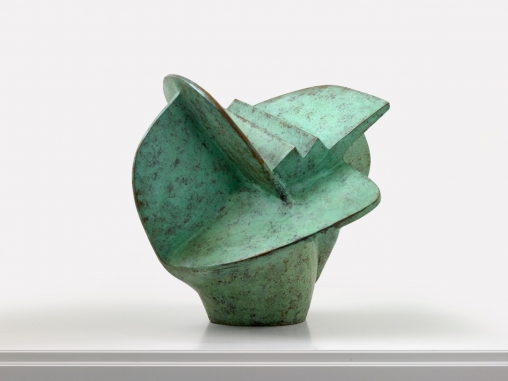
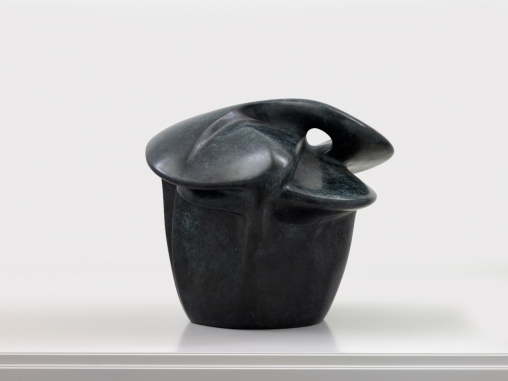
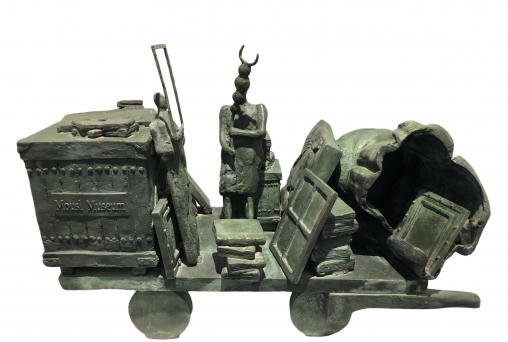
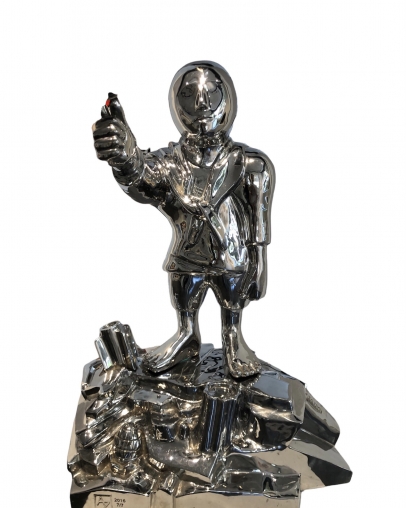
.jpeg)





.jpeg)
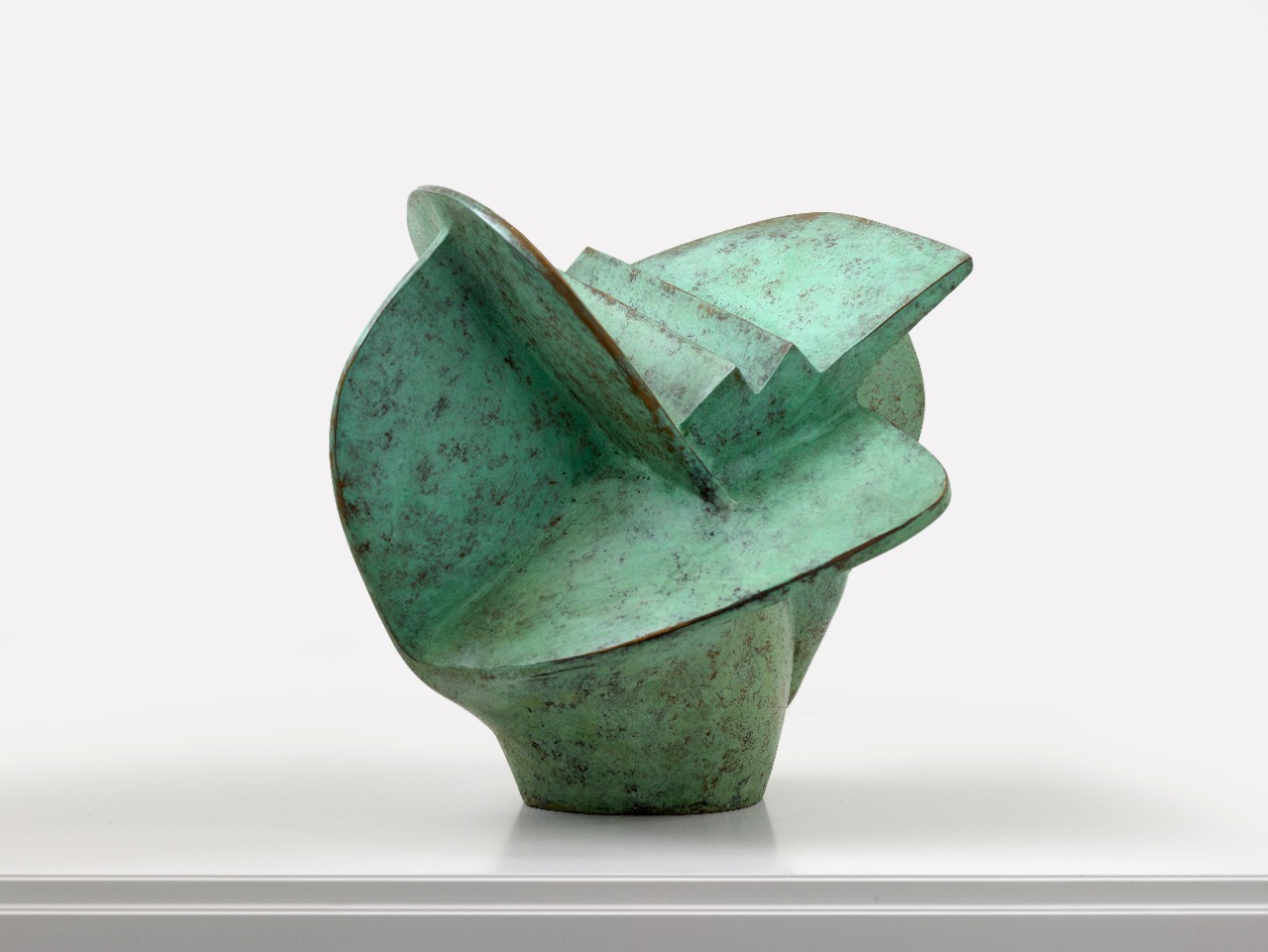
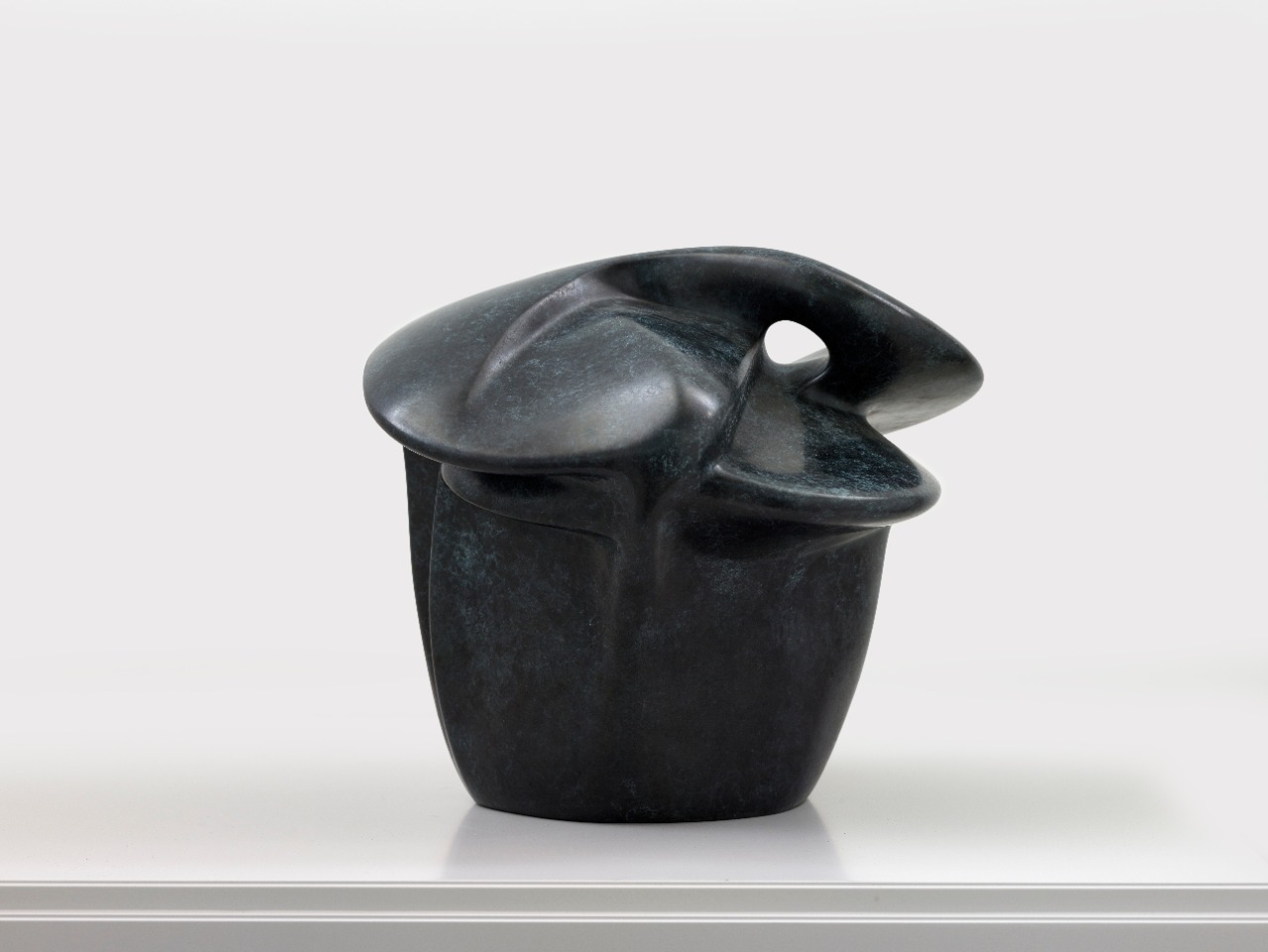
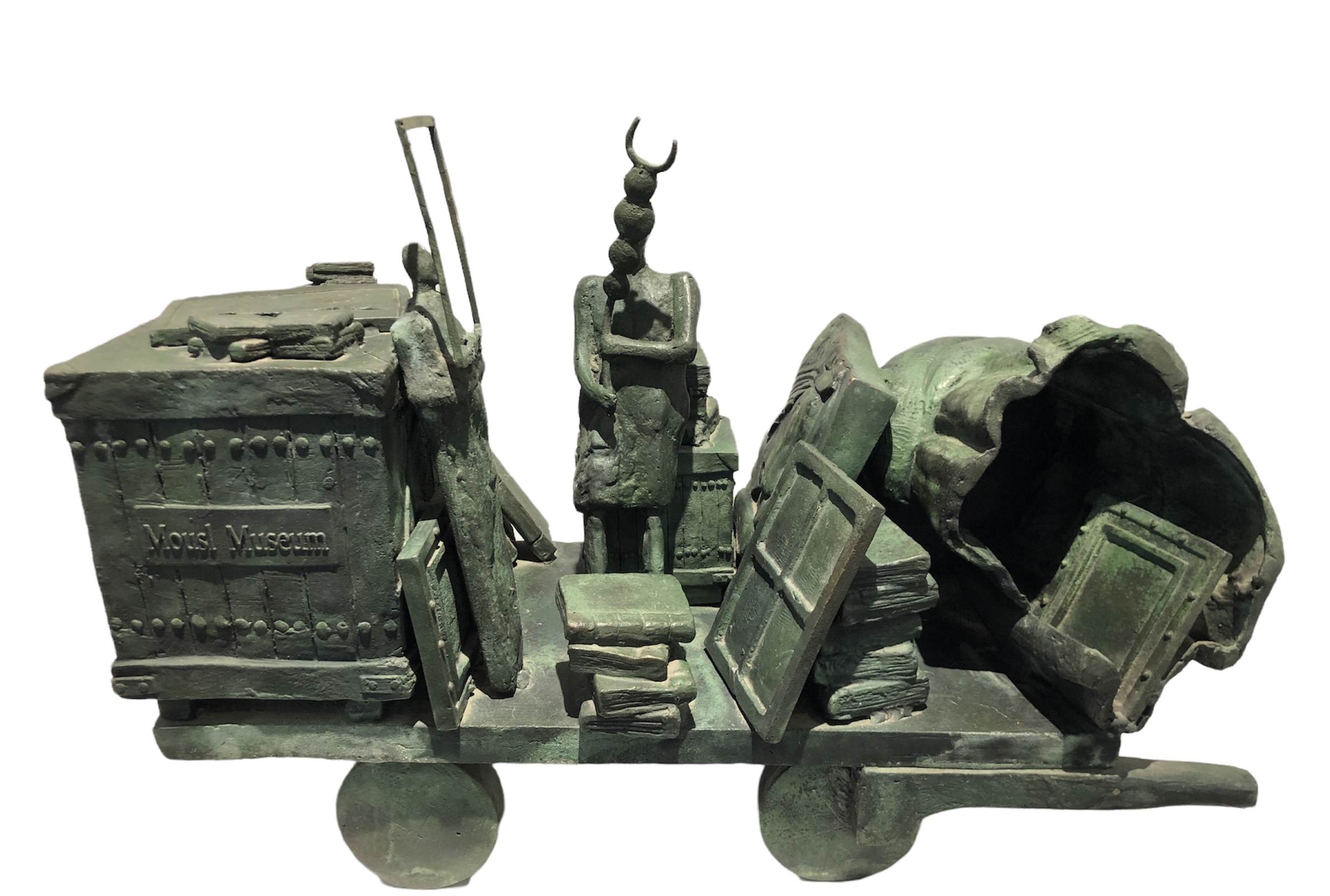
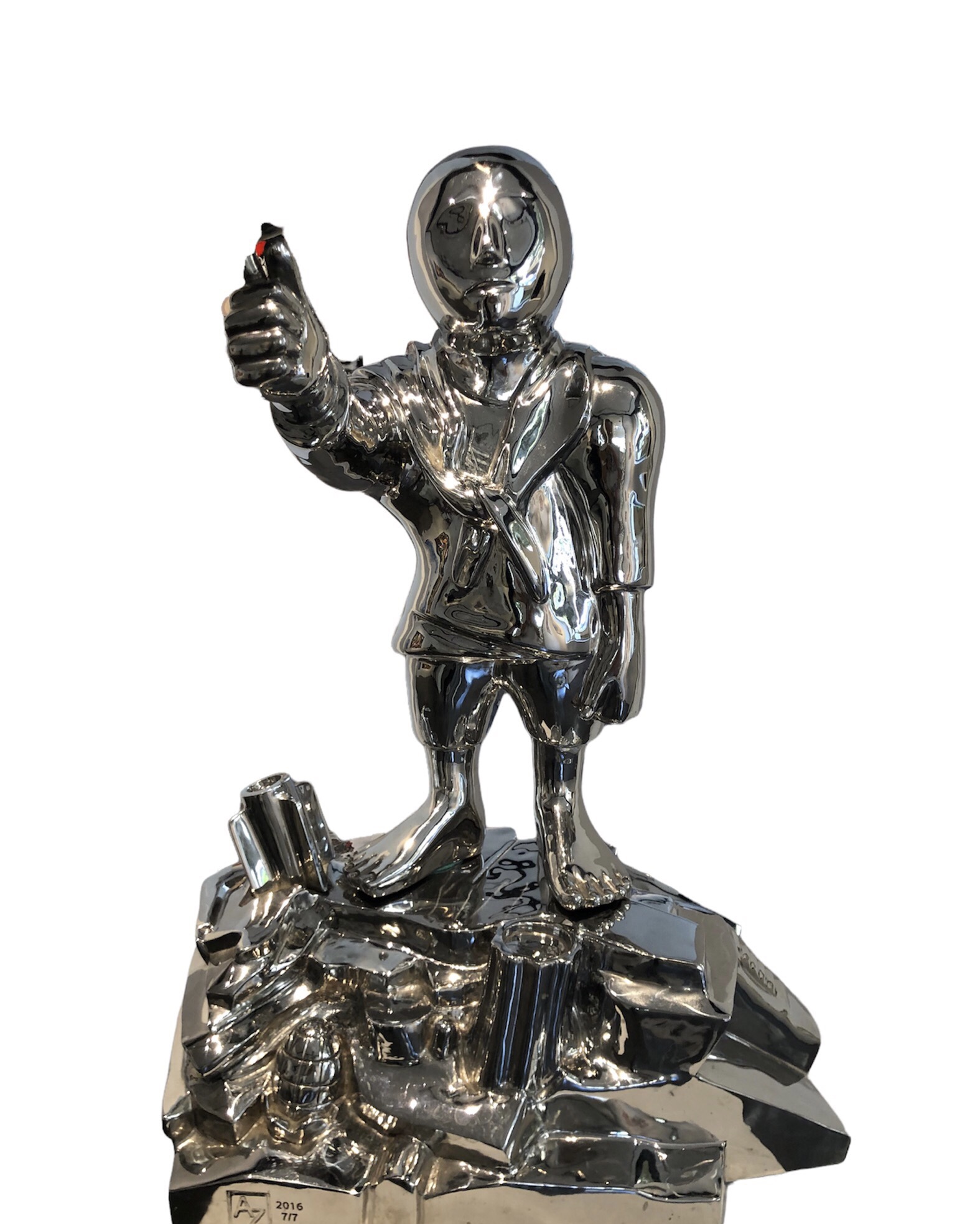
.jpeg)


